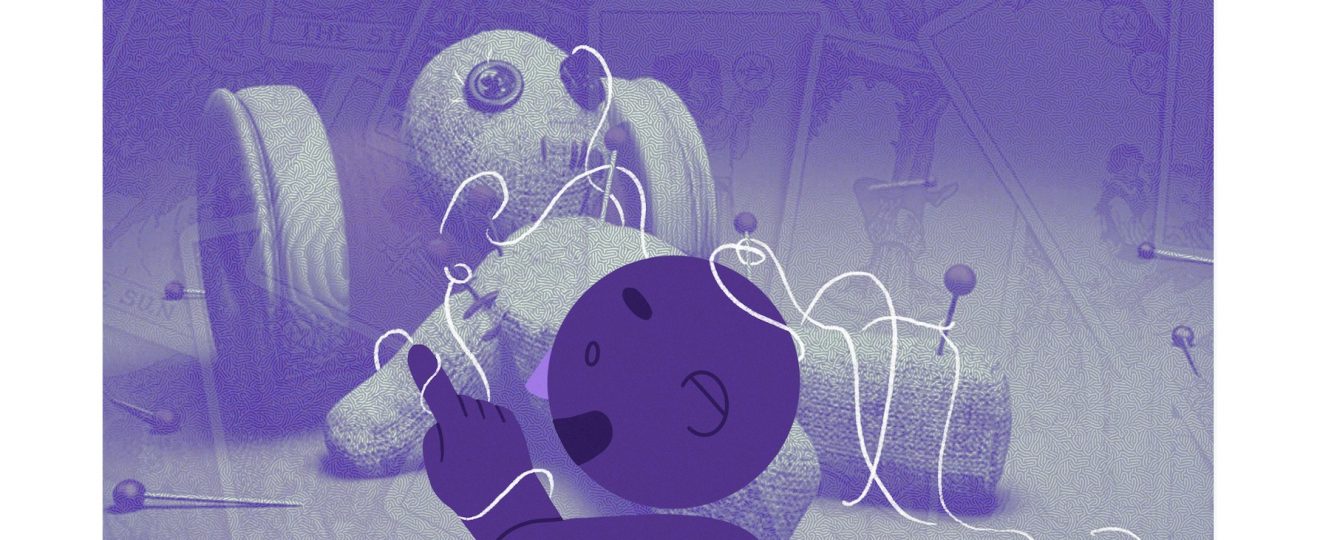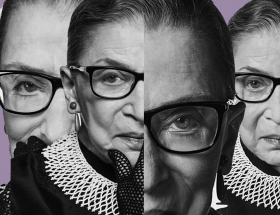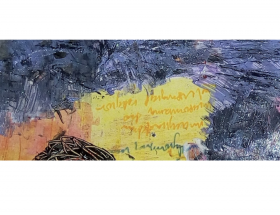Last summer I visited New Orleans, the home of Louisiana Voodoo. New Orleans is a city which has a whole tourism industry built on Voodoo, the supernatural, ghost tours and witchcraft. I witnessed a fixation with Louisiana Voodoo in New Orleans which I had never experienced elsewhere. The city was filled with tourism shops with names such as ‘Marie Laveau’s House of Voodoo’, ghost tours of the city and Voodoo temples. I was completely oblivious, however, to the reality of this Afro-American religion and its origins, despite spending a weekend immersed in this culture.
Vodou is a religion associated with Haiti, West Africa and New Orleans (although it is spelt ‘Voodoo’ in the context of Louisiana Voodoo). It originated in West Africa, and as time passed and many practitioners of Vodou were enslaved, came under the influence of Catholicism (the religion of the slave-owners and colonisers). The history of Louisiana Voodoo is intertwined with the history of slavery. Voodoo beliefs, and knowledge of herbs and poisons, as well as the practice of using charms and amulets to protect or cause harm, were all large parts of Louisiana Voodoo inherited from Haitian and West African Voodoo. Notably, the Louisiana slave community suffered less fragmentation than elsewhere in the USA due to the Catholic code which officials followed, enabling families to stay together. Thus, the cultural traditions and religious practices of the enslaved community of New Orleans remained intact and passed from generation to generation. The traditions which are now bought in tourist shops in NOLA, such as voodoo dolls and charms for protection, date back to these early days of Louisiana voodoo, even if they exist in a very different form now.

The basic tenets of Vodou, which originate in Catholicism and native African religion, are Bondye, Lwa and Vilokan. Like the majority of major world religions, Vodou is monotheistic – the Vodou equivalent of a Christian god is Bondye, ‘the good deity’. Lwa are spirits, associated with their god but less powerful and omnipotent – akin to angels, if it were to be compared to Christianity. Vilokan is the home of the Lwa, and of the dead. These ideas clearly bear a strong resemblance to Christianity, which is unsurprising considering the influence the colonists’ religion had on Vodou. In many ways, however, Vodou is inherently different to the religions we are more familiar with. There is no standard dogma nor universal rituals – each temple is unique, and the practice of the religion is far more in the hands of the individual believer. In this way Vodou avoids many of the major weaknesses of organised religion; without a hierarchy of clergy, there is less room for abuse of power. Vodou believers can be more selective in what they follow. Vodouisants participate in different rituals such as animal sacrifice, Veves, the drawing of symbols, and voodoo dolls.
The white, Western perception of Vodou, is very focused on the parts of the religion which seem more alien and less recognisable as a spiritual practice. Voodoo dolls and strange rituals are commonly associated with Vodou, but the familiar religious structure is not. Vodou within popular media focuses on these practices, and often places violence at the centre of the religion, particularly in horror films. In American Horror Story: Coven, a series set in New Orleans, the black female voodoo-witch has power to hurt others, and does so without any remorse. The practitioners of voodoo in the show also have sexual relations with an animalistic beast, a minotaur. This is a perverted, imagined form of Louisiana Voodoo which does not resemble the spiritual practices of sincere believers. This portrayal of Voodoo is common, and goes largely unchecked as a form of racism because it is found in fictionalised, often lowbrow, horror films. This fictional version of Voodoo places violence at the centre of the religion, rather than spirituality.
This is part of a wider problem: since its arrival in America, Voodoo has been used to perpetuate damaging stereotypes of the black community and deepen the act of ‘othering’. Newspaper articles and stories about Voodoo were used to portray black people as primitive and dangerous, and particularly to present black men as rapists of white women, framing Voodoo as the space in which they commit violent sexual acts. This common understanding of Voodoo as something negative, violent, alienating and anti-white originated with white supremacists, slave owners and colonists. But it has never been sincerely questioned, and as a result the common perception of Voodoo remains negative and ill-informed. Voodoo was seen as satanic, and Voodoo rituals were described as summoning zombies, devils and spirits. Practitioners of Voodoo were seen as animalistic, violent, hyper-sexualised and barbaric. This played into the desire to maintain the many racist laws that were in place – to continue segregation, to avoid enfranchising all races, to emphasise the horror of interracial relations. Voodoo was used to paint black people as a threat to civilisation, to safety and to freedom.
Of course, the reality of Vodou is wholly different. The modern incarnation of ‘Vodou’ has changed further. It has become a culture for tourists to look in on, to try out for a day by purchasing a candle or potion that claims some spooky power. It has become deeply commodified and is now even more separated from most other religions in our general consciousness. It is associated with witchcraft, magic and Satanism far more than it is associated with any form of spiritual belief system. It has become a manifestation of white racial anxieties, and it is so disconnected from the Haitian Vodou that it is no longer perceived by many as a religion, but rather the butt of a joke or an exotic form of witchcraft. It may appear to be more connected to Louisiana Voodoo (Disney’s The Princess and the Frog depicts voodoo and a witch doctor in an animated New Orleans), however it is in reality a fictitious magical culture created by white people to negatively impact the black community by presenting this religion as satanic, rather than a spiritual and peaceful belief which is heavily influenced by the white, Western religion of Roman Catholicism.
The presentation of Vodou to the Western world by the media and pop culture is part of the wider problem of false black stereotypes being used to fuel prejudice and spread fear. This misconception of voodoo is exemplified in its usage as a word: it has been misappropriated to mean, quite vaguely, something strange or inexplicable. This is a far cry from ‘Vodou’, a word that can mean spirit or God in a number of West African languages. It has been used in the past to help establish and maintain oppressive laws such as the Jim Crow laws, and it is still used to alienate a part of black culture.
Art by Mafer Martinez





Hi!
I’m interested in using this article as a source for a paper I’m writing in class. Do you have a list of sources or a bibliography where you got this information. Really loved the article, it was very informative. Thank you!
So If I, A white person were to make a voodoo doll, would it be offensive or inappropriate?
Yes it’s a closed practice.
What if my family is from Louisiana?
Hi, I’m writing a paper, specifically on gothic tourism in New Orleans, and writing a section on Voodoo tourism. Do you have sources available on this information? I would love to learn more
‘It is associated with witchcraft, magic and Satanism far more than it is associated with any form of spiritual belief system. ‘ – just wanted to point out that these are spiritual belief systems – also demonised in mainstream culture.
Great article though, thanks.